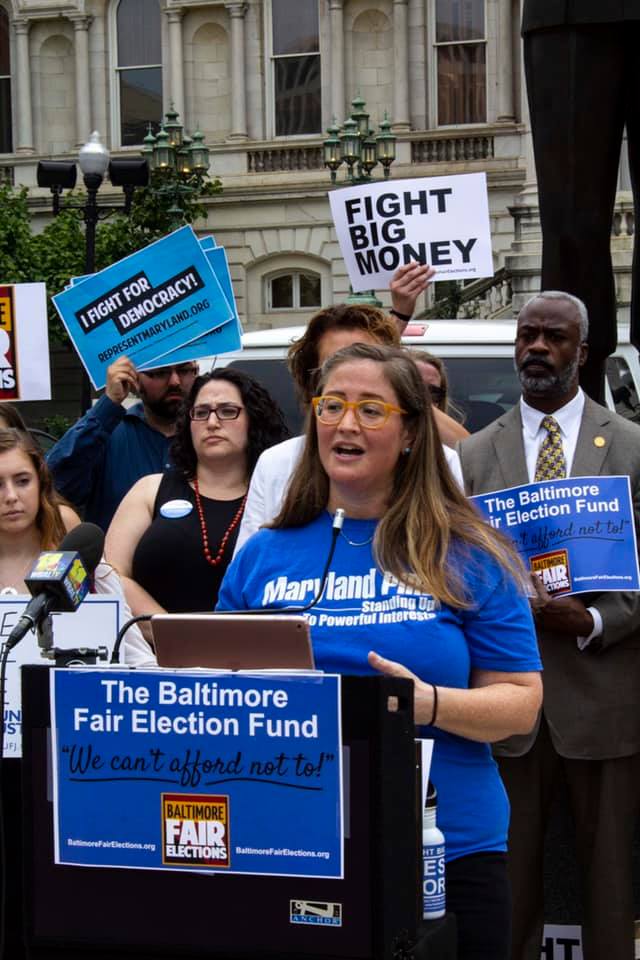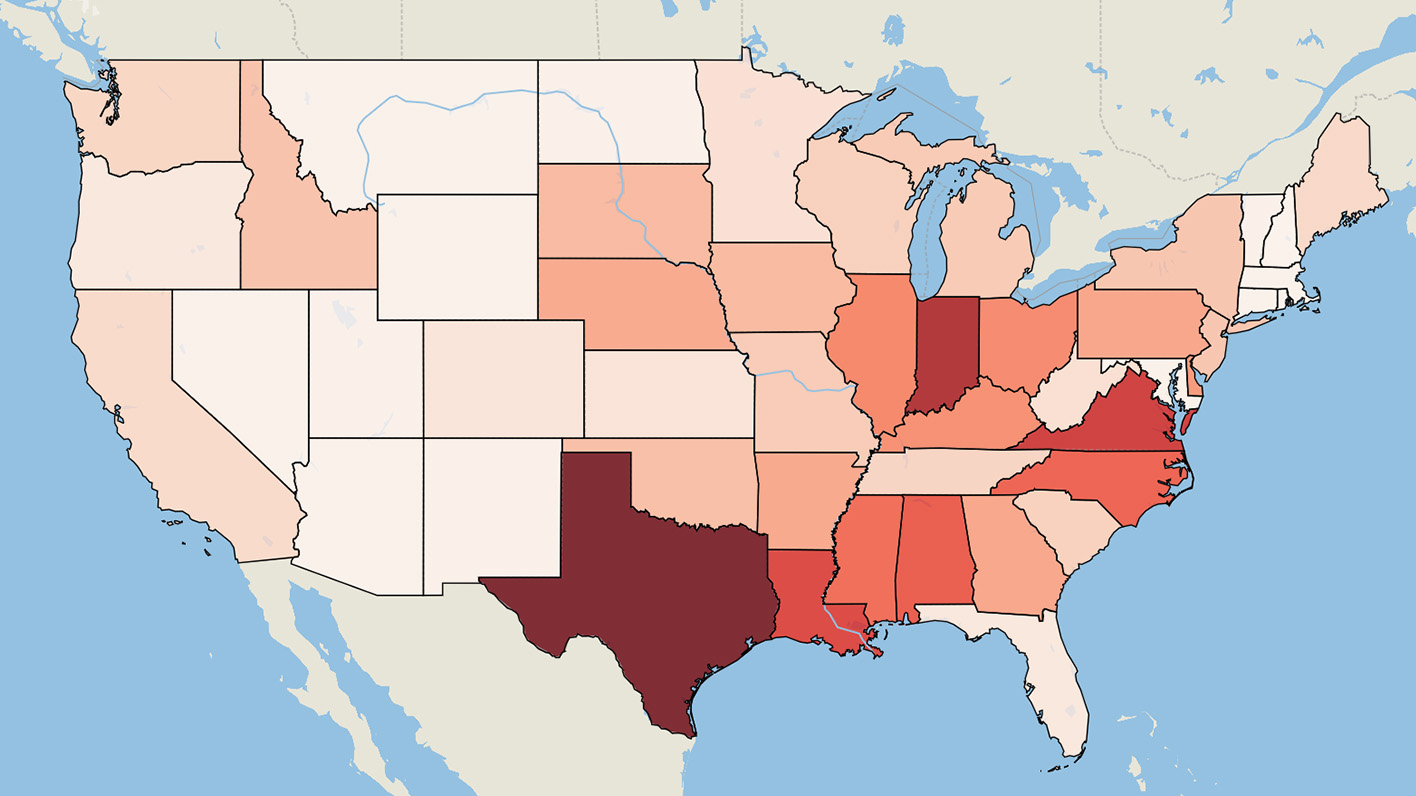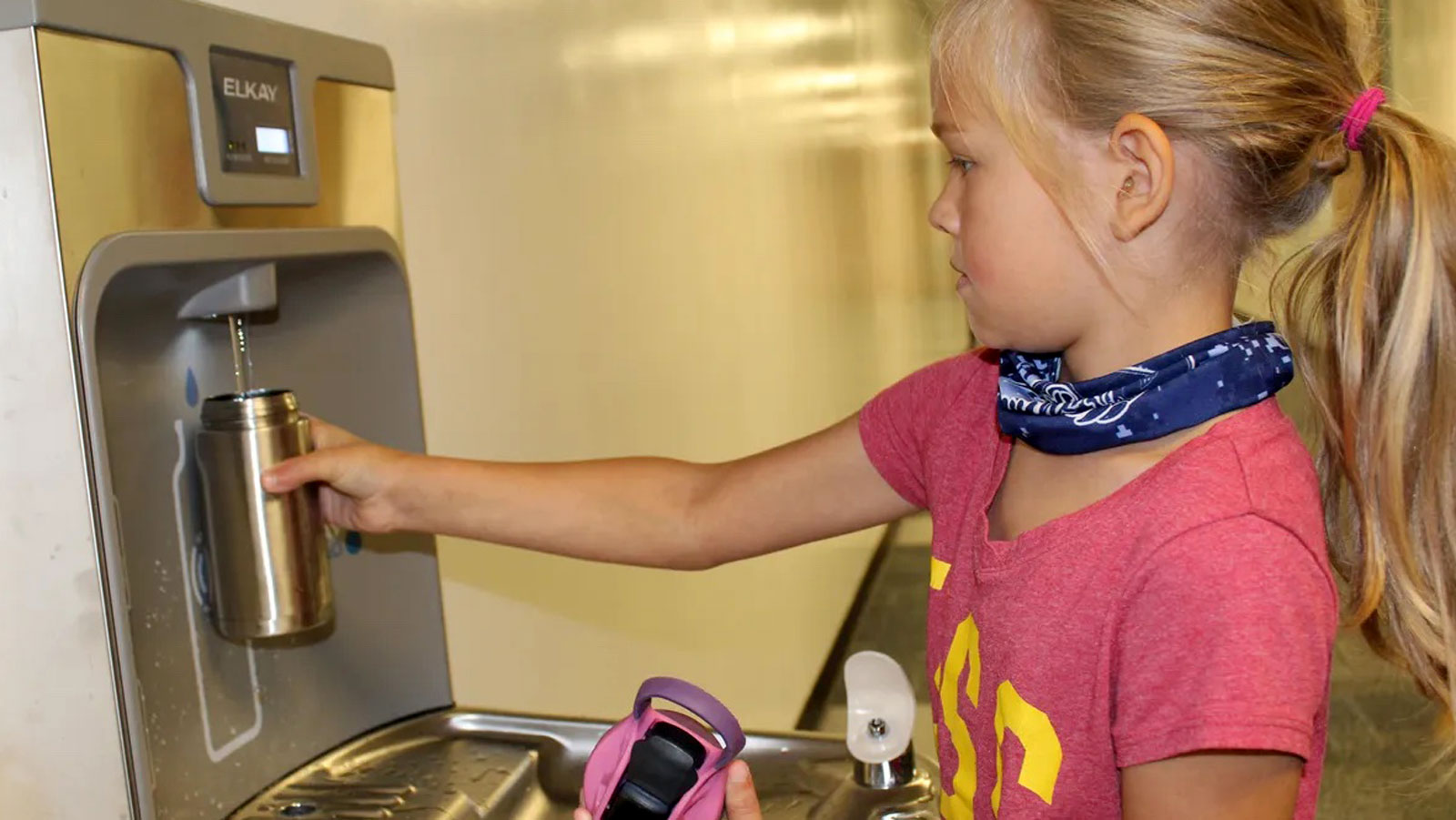
Testimony: Fire Fighting Foam and PFAS Chemicals
HB619/SB420: Public Safety - Fire Fighting Foam and PFAS Chemicals.
We support this bill to restrict the use of firefighting foam containing PFAS for training purposes and to conduct a study on the use of PFAS in food packaging
HB619/SB420: Public Safety – Fire Fighting Foam and PFAS Chemicals
FAVORABLE (as amended by sponsor)
We support this bill to restrict the use of firefighting foam containing PFAS for training purposes and to conduct a study on the use of PFAS in food packaging. We have recommended to the sponsor that the exemption for BWI be shifted to be an exemption if required by law or the FAA.
Marylanders need access to clean drinking water. Our firefighters shouldn’t have to suffer from exposure to toxic chemicals.
Sadly, we may have an uphill battle in front of us to clean up PFAS from our communities and waterways. In order to address the problem, we need to stop new contamination, which this bill can help do.
And, in 2021, we hope this committee will take further action on PFAS. We need to ensure Maryland has the legal framework to hold polluting industry accountable for the pollution they produce and the harm they cause, we need robust water testing to identify the extent of them problem, we need to turn off the tap by resticting the use of PFAS in consumer products and food packaging, and we need to clean up contamination were it exists.
BACKGROUND
PFAS, a class of highly fluorinated chemicals, are industrial chemicals often used as degreasers and waterproofing. The chemical industry is constantly searching for new applications. PFAS exposure has been linked to serious illness, including kidney and thyroid disease, pregnancy complications and cancer. PFAS is called the “forever chemical” because, similarly to lead, it is highly persistent in the environment and bioaccumulates in our bodies.
Seemingly every week we are hearing about more communities across the country who have been exposed to PFAS in their drinking water – they may live near a military base, or downstream from a DuPont or 3M chemical plant. In Maryland, we know there is contamination in drinking water and near many military bases, including right her in Annapolis.
As explained in the Bay Journal this summer, “In the six-state Chesapeake Bay watershed, there are at least 18 sites where PFAS have been detected. That could mean that relatively few industrial facilities in the region have made or used PFAS — or it may mean that no one’s looked very hard.”
And yet, PFAS are still widespread in both production and use. We see them not only in the firefighting foams, but everywhere from pizza boxes to car seats. Safeguarding against PFAS chemicals as a class is the best way to protect human health. Trying to regulate one chemical at a time will only leave us in an endless game of whack-a-mole.
WHY FIREFIGHTING FOAM?
In particular, the use of firefighting foams containing PFAS for training, or any purpose, makes little sense. PFAS foam puts our water at risk. It also endangers our firefighters, who are at increased cancer risk due to exposure to PFAS and other carcinogenic chemicals like flame retardants. In fact, cancer is the leading cause of death among firefighters in the United States, according to the Firefighter Cancer Support Network and the International Association of Fire Fighters
Further, there are already safer alternatives to PFAS foam on the market, and many states as well as the EU are already moving away from using PFAS fire fighting foam completely.
- In the last two years, Washington, Colorado and New Hampshire have passed bans on PFAS in firefighting foams in their states.
- Both the military and the FAA have been directed by Congress to stop using PFAS-based firefighting foams.
- In addition to Maryland states considering legislation addressing PFAS in firefighting foam include: AK, CA, CT, IA, IL, ME, MI, NC, VT, WA, WI.
We urge a favorable report.
Topics
Authors
Emily Scarr
State Director, Maryland PIRG; Director, Stop Toxic PFAS Campaign, PIRG
Emily directs strategy, organizational development, research, communications and legislative advocacy for Maryland PIRG. Emily has helped win small donor public financing in Baltimore City, Baltimore County, Howard County, Montgomery County, and Prince George's County. She has played a key role in establishing new state laws to to protect public health by restricting the use of antibiotics on Maryland farms, require testing for lead in school drinking water and restrict the use of toxic flame retardant and PFAS chemicals. Emily also serves on the Executive Committees of the Maryland Fair Elections Coalition and the Maryland Campaign to Keep Antibiotics Working. Emily lives in Baltimore City with her husband, kids, and dog.
Find Out More

The Threat of “Forever Chemicals”

Who are the top toxic water polluters in your state?

Green schools guide

